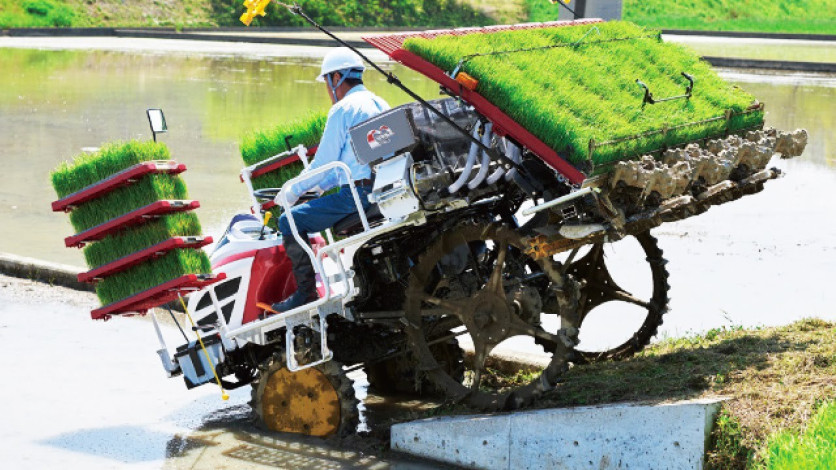
File Photo
The use of machinery and equipment on rice farms in the Philippines has seen little improvement. Although the government poured billions of pesos into farm mechanization in previous years. The farm mechanization level of rice farms in the Philippines stood at 2.68 horsepower per hectare (hp/ha) in 2022 compared with 2.31 hp/ha in 2013, the Philippine Center for Postharvest Development and Mechanization (PHilMech) reported.
With just a 16-percent improvement over a nine-year period, the Federation of Free Farmers (FFF) flagged several factors behind the slow uptick in farm mechanization efforts.
“We are coming from a low base, so the absolute increase appears surprisingly small given the billions spent each year under RTL-RCEF (Rice Tariffication-Rice Competitiveness Enhancement Fund) and other programs for farm mechanization. It is possible that the machines are not being properly maintained and become unutilized after a few years,” said FFF national manager Raul Montemayor.
Another possibility is that “farmers are hesitant to buy machines unless given to them for free because the low prices of palay brought about by excessive imports discourage investments,” Montemayor said, adding that rising fuel costs could be another disincentive.
PHilMech said among the regions, Cagayan Valley recorded the highest mechanization level at 3.51 hp/ha while the Bangsamoro Autonomous Region in Muslim Mindanao had the lowest level of 0.93 hp/ha.
In other regions, the farm mechanization level in terms of hp/ha was as follows: Cordillera Administrative Region at 2.35; Ilocos Region, 3.09; Central Luzon with 2.62; Calabarzon with 3.36; Mimaropa with 2.22; Bicol Region with 2.98; Western Visayas with 2.76; Central Visayas with 3.02; Eastern Visayas with 2.41; Zamboanga Peninsula with 1.59; Northern Mindanao with 2.3; Davao Region with 2.59; Soccsksargen with 1.72; and Caraga Administrative Region with 1.65.
“The increase in the country’s farm mechanization level can be attributed to the impact of the Rice Competitiveness Enhancement Fund (RCEF)-Mechanization Program that is now in its fifth year of implementation,” PHilMech executive director Dionisio Alvindia said in a statement on Friday.
“Ultimately, addressing postharvest issues and pushing mechanization still form the core of farm modernization in the Philippines, hence PHilMech will continue to push technologies that will further level up the farm mechanization level of the country,” added Alvindia.
The government earmarks P5 billion or half of the P10 billion collected annually from rice tariffs for PHilMech to implement the mechanization part of RCEF from 2019 to 2024. RCEF is a component of the Rice Tariffication Law that liberalized rice trading and lifted quantitative restrictions on importing rice.
PHilMech has been batting for the extension of the RCEF-Mechanization Program beyond 2024, noting this provision has made little or no impact in boosting the rice industry. Last month, Alvindia said the P30-billion fund for distributing farm machinery under RCEF could only cover 14 percent of the 2.7 million hectares of rice lands across the nation.
“If you ask me, the interventions we provided covering only 14 percent did not have as much impact,” he said back then. Between 2019 and 2022, PHilMech distributed a total of 22,844 units of various farm machines to 10,633 farmers’ cooperatives and associations, and local government units.
Most of the machines were for land preparation (12,644 units), such as four-wheel tractors, one-hand tractors, floating tillers, and farm implements/attachments. For crop establishment, 3,387 units of machines were distributed composed of precision seeders, walk-behind transplanters and riding-type transplanters.
Meanwhile, 1,338 units of facilities were given for drying and milling.
Source:
Online/GFMM
Comment Now